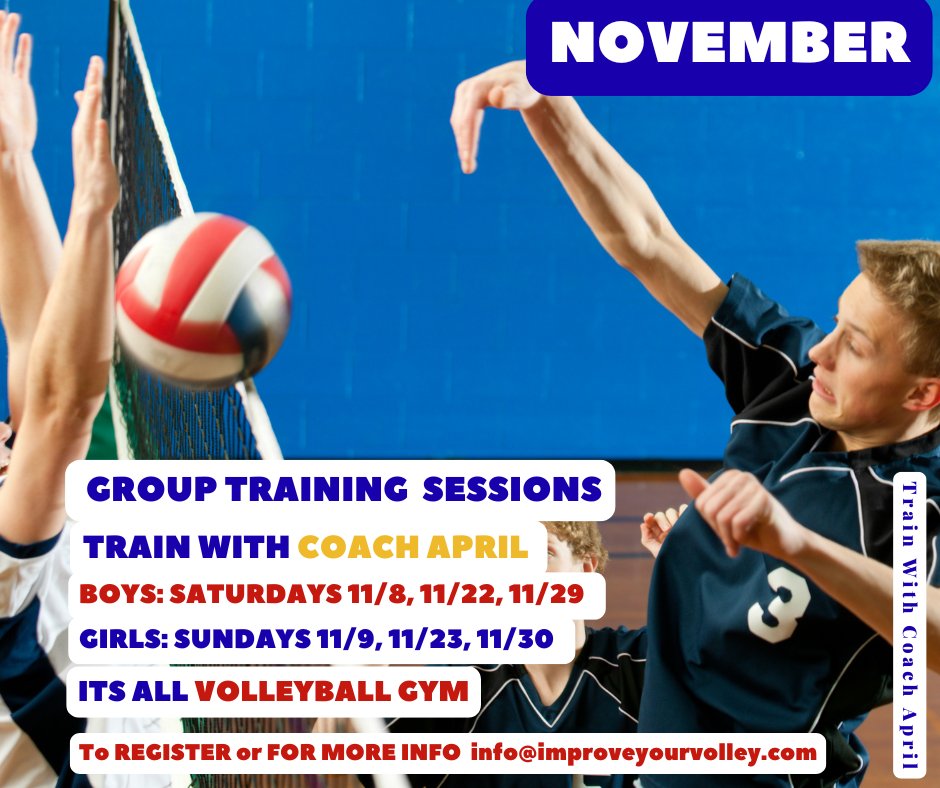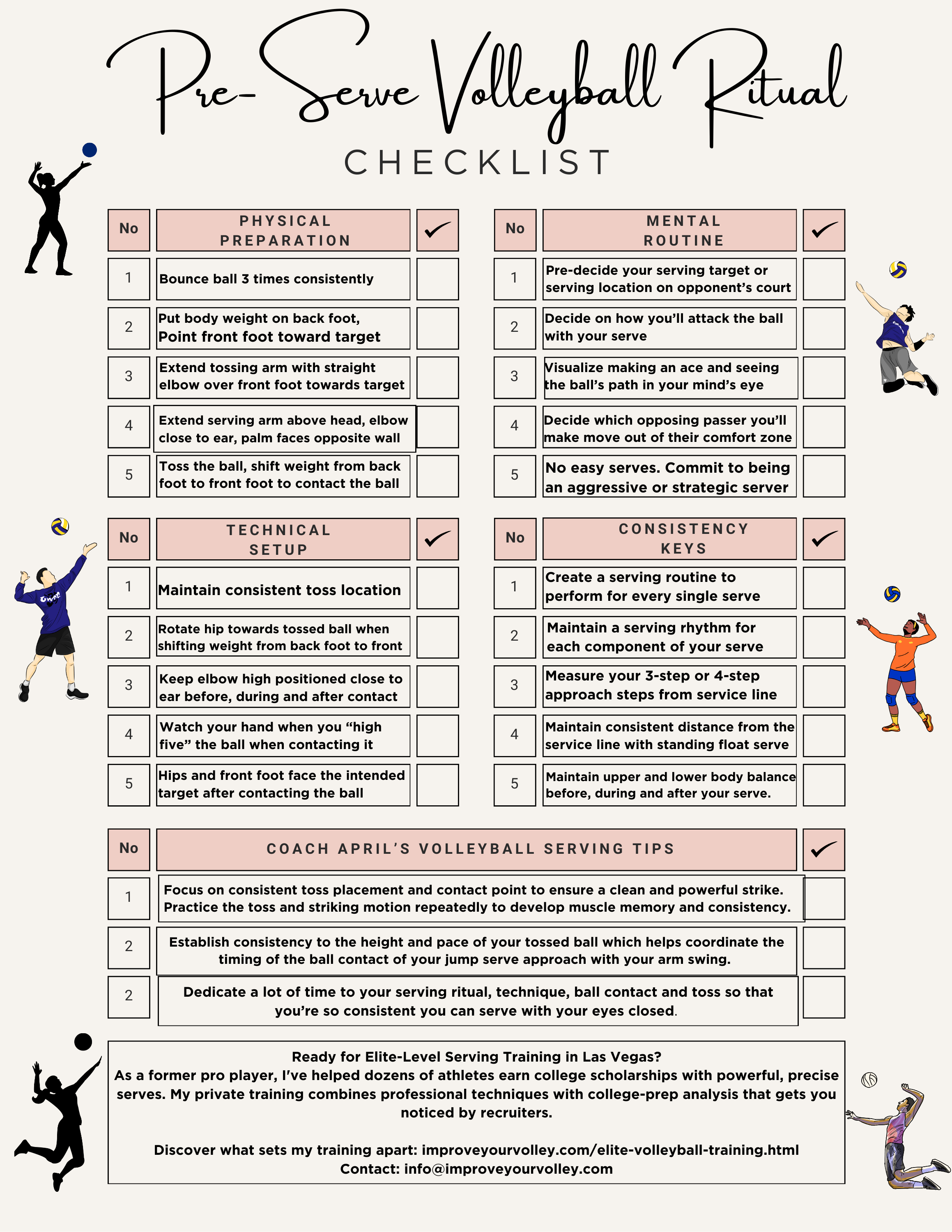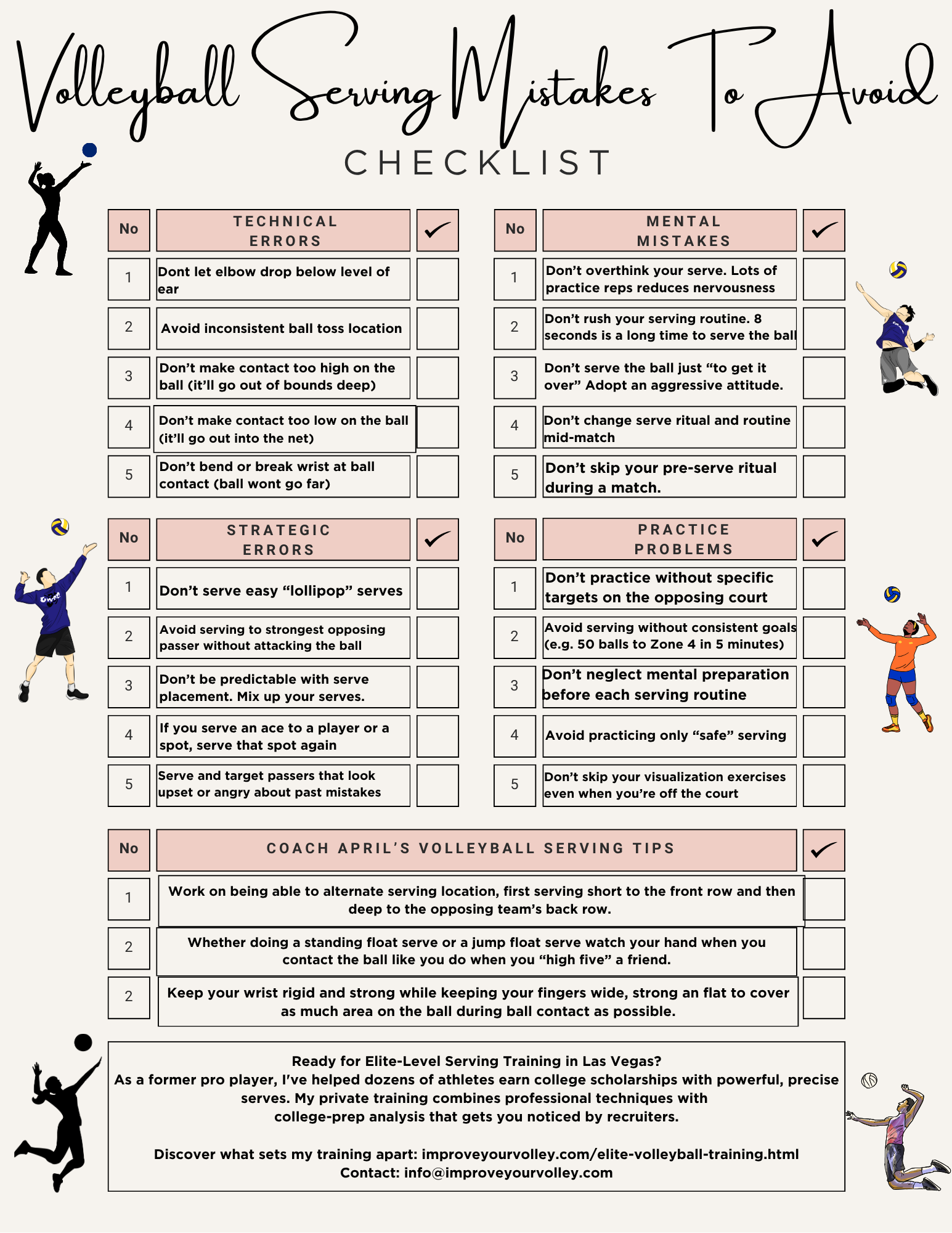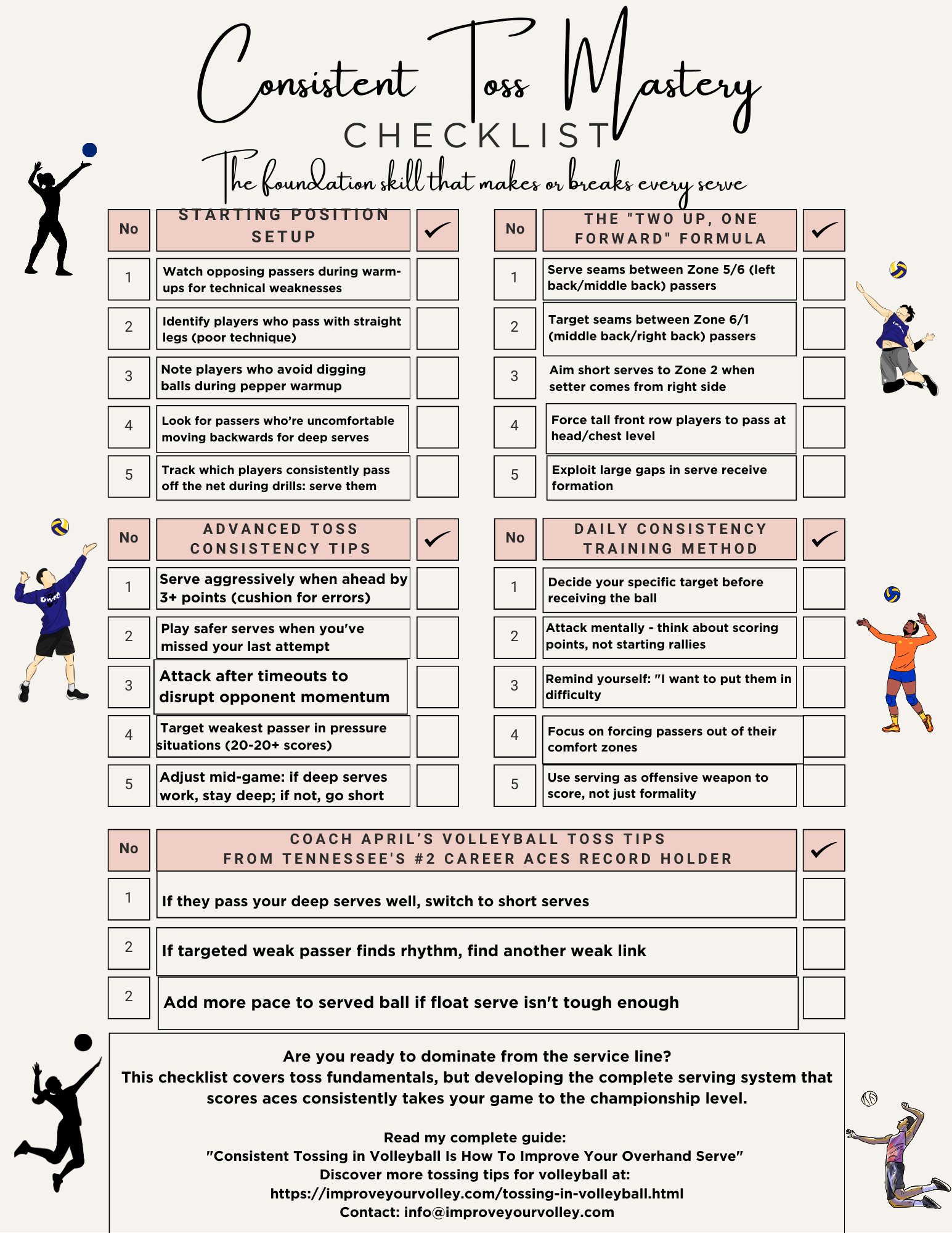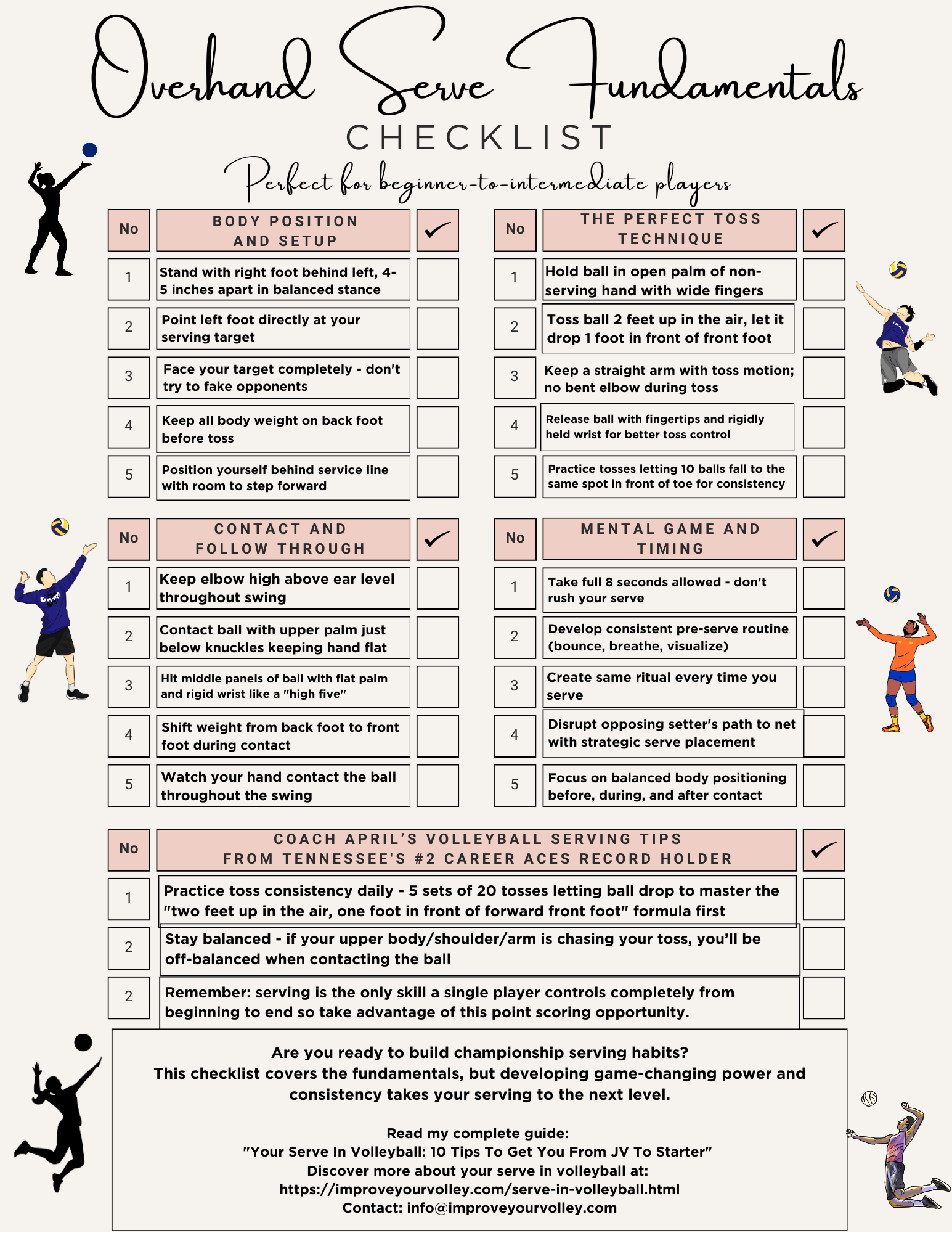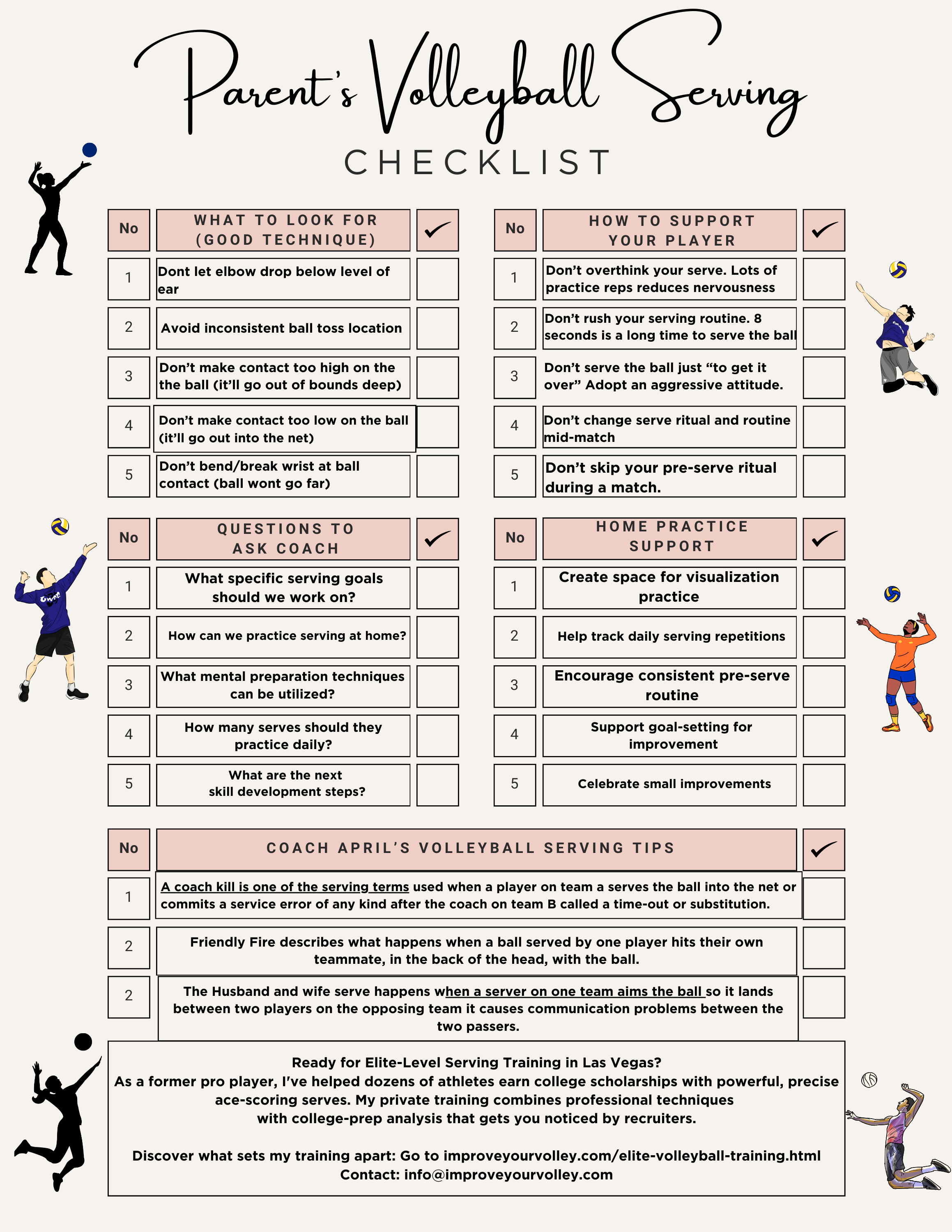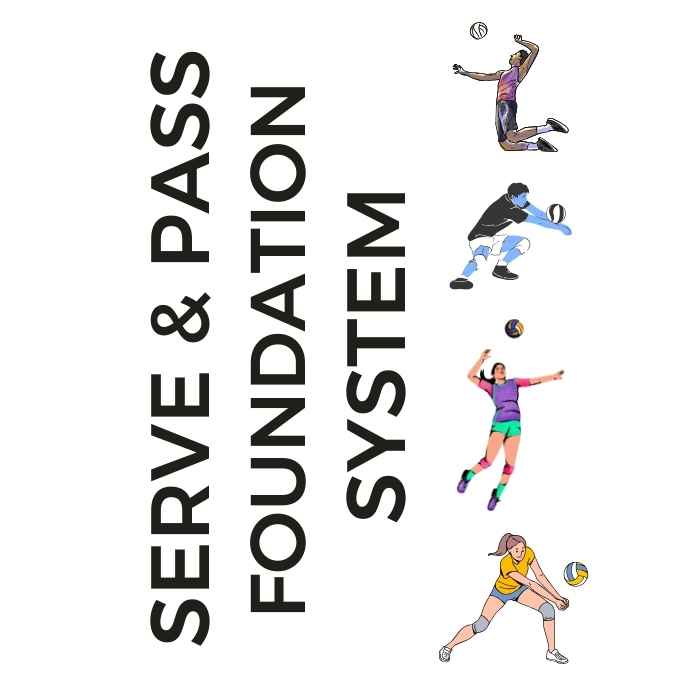
Serve + Pass Foundation System: The Complete Skills Arsenal The two-skill mastery system that transforms inconsistent players into the athletes coaches build their lineups around. Stop Struggling With The Two Most Important Skills In Volleyball!
- Improve Your Volleyball with Coach April
- Mom's Guide To Volleyball Setting Technique
- Libero Volleyball Basics
Libero Volleyball Basics: A Mom's Guide To The Defense Specialist Role
Perfect for moms of young players, this guide helps you learn libero volleyball basics which helps you raise your game IQ and support your childs defensive play
Now that you're a volleyball mom, learning the libero volleyball basics can help you better support your player, regardless of their age or skill level.
But what exactly are the libero volleyball basics, and why is this position so crucial in high school and club volleyball?
In this mom's guide, I'll demystify the world of liberos, giving you the knowledge about the libero volleyball basics you need to support your young player's defensive journey.
If your athlete struggles with consistent serve receive, gets subbed out, or is overlooked for playing time—this is the fix you’ve been looking for.

Struggling with passing consistency?
I help talented passers tired of getting pulled from games because of inconsistent serve receive skills BUILD passing confidence without expensive private lessons using the same 3-step system that's helped dozens of my athletes get recruited.
Download my eBook for $17.99 and start building the passing confidence that keeps you on the court—and gets you seen by college coaches.
Libero Volleyball Basics 101: Decoding the Defensive Superstar Role
Let's start by getting a good understanding about the libero volleyball position itself.
A libero is a defensive specialist
They're
- typically the team's best passer and defender
- playing only in the back row.
A coach might instruct a player to serve a "short serve" or a "deep serve" to target specific areas of the opponent's court or exploit weaknesses in their serve receive formation.
There's so much we work on to get to this point where she can contact the ball with
- the same toss height and same toss location
- the same armswing speed
- the same timing for when her serving hand contacts the ball
- the middle of the hand contacting the middle of the ball every single time
- getting use to watching her serving hand contact the ball at the highest point of her jump ...before she starts to land
- and finally contacting the ball in the precise spot on the ball so it goes where the coach wants the player to put it so in this case ..a short serve in the farthest short right corner on the court also called Zone 2.
They're typically the team's best passer and defender, and can only play in Zone 1, Zone 6 and Zone 5 aka the back row positions before coming out and allowing a front row player come in so they can play across the front row.
Gregory is my Vegas Volley Boys 18s team libero.
The libero position was introduced in 1998 in order to
- improve and allow more focus on defensive play (especially in the men's game)
- to make rallies more exciting
- make the game more appealing to a television audience
Ari, my private training client is a Tstreet Las Vegas 16s Bree libero who's been training with me for three years and we're working on her aggressively consistent jump float serve to the cross court Zone 5 corner.
- often shorter and quicker than their teammates,
- with quick reflexes combined with an elevated level of court awareness
- that allows them to cover the court to get to a ball to pass it or dig it
- faster than most of their teammates.
Mom Tip:
Explain these libero volleyball basics to your child using simple terms. It'll help them understand their role better and feel more confident on the court.
Libero Lingo: Essential Defensive Terms in Libero Volleyball Basics
Volleyball Digging Drills: The Hit And Dig Drill We Do In Boot Camps, Practice and Private Sessions is used in warmups to improve hitting technique and digging technique skills.
To appreciate your child's defensive play, it's helpful to understand some key terminology when they work on improving their libero volleyball basics skills.
4 Digging Drills For Volleyball Players To Do Like This Hit And Dig Drill With Cross Court Digging
Remember there are two ways to do this drill.
In this version we set the ball baskets as targets where the setter's would be. There are actually two digger groups working one in the left back Zone 5 position and one with a right back Zone 1 defensive position.
Hitters alternate at a steady rhythm so the drill moves quickly and diggers have a brief pause to recuperate after each dig.
|
|
|
- Up:
A call made by defenders to alert teammates that they've successfully dug the ball.
- Touch:
When a defender makes contact with the ball, even if they don't control it fully.
The overall act of protecting against opponent attacks.
Mom Tip:
Create a "Libero Lingo" board at home where you and your player can add new libero volleyball basics terms as you learn them.
Conquer the Fundamentals: Core Skills in Libero Volleyball Basics
- Ball Control:
The ability to accurately control the ball while passing, setting, digging or serving the ball to an intended target during a rally
Many practice hours are spent on each skill learning how to get in position and use the correct technique in order to best control the ball
This is just unfair. Simone Lee up to 10 kills on 13 attacks and a ridiculous .769 hitting percentage pic.twitter.com/Kb5O4K9OwN
— Tyler King (@King_TylerB) December 8, 2017
The team on the left is the serving team on defense while the team on the right is in serve receive.
Once they "receive the serve" they will run their offense in an attempt to score a point against the defensive team.
- Footwork:
Quick, efficient foot steps that generate movement forward, backward or side to side that a player makes to get in position to get to a ball to dig it or pass it
In my original Boot Camp classes here in Las Vegas my strength and conditioning Coach D works on shuffle step footwork which passers, liberos and defensive specialists use when passing the ball and playing defense.
Fun fact: the player second from the left is Stanford starting senior setter Kami Miner, three year private training client, three year Voice Voice Boot Camp class and Breakfast Club member and three year and the youngest starting setter on my Volleycats Elite VBC teams
- Reading the Game:
The ability for a player to
- anticipate where the ball will go or
- where a player will send the ball or
- how a player will react to a ball based on what they see the opposing player do or how they interpret where they think the opposing player plans to move
Libero Volleyball Basics: Understanding the Unique Position Rules
Liberos play by a special set of rules, which set them apart from what the other player rules need to follow. Check out these libero volleyball basics:
- Libero Tracking:
The process of monitoring libero substitutions to ensure rules are followed.
- Libero Line:
The attack line that liberos cannot cross to set the ball to a front-row attacker.
- Substitutions:
-Liberos can enter and exit the court from behind the ten foot line while other substitutions with other player positions are made in front of the ten foot line
- Attacking Restrictions:
Liberos cannot jump take a spike approach and attack the ball above the height of the net.
Supporting Your Young Libero: Applying Libero Volleyball Basics as a Mom
As a volleyball mom, your support in reinforcing libero volleyball basics is crucial.
Here are some ways to encourage your budding libero:
1. Use libero volleyball basics terms regularly when discussing the game with your child.
2. Encourage proper form for basic defensive moves, using simple libero jargon from the volleyball basics glossary of terms.
3. Watch volleyball matches together and point out when the libero is applying these basics in action so you two can discuss.
4. Create flashcards with libero volleyball basics terms and their definitions for fun family learning.
5. Celebrate effort and improvement in mastering these basics, not just successful plays.
Conclusion:
Armed with this knowledge about libero volleyball basics, you're now ready to be your child's biggest supporter on their volleyball journey.
Remember, the goal isn't to become a coach, or to replace your child's coach, but to create a supportive environment where understanding of libero volleyball basics is valued and shared.
So the next time your young libero comes home excited about a perfect dig or frustrated by a missed play, you'll be ready with understanding, encouragement, and maybe even a few tips based on these libero volleyball basics.
Now go forth and support your libero with confidence!
Do You Follow Me on Pinterest?
 Private or semiprivate volleyball indoor/sand lessons are an excellent way for young Las Vegas high school volleyball players to quickly improve their individual skills through a private or semi-private coaching experience.
These lessons are conducted by former pro volleyball player, former USA Volleyball High Performance instructor and Evaluator and Tstreet Vegas 18s head Coach April Chapple on a weekly basis.
Sign up now!
Private or semiprivate volleyball indoor/sand lessons are an excellent way for young Las Vegas high school volleyball players to quickly improve their individual skills through a private or semi-private coaching experience.
These lessons are conducted by former pro volleyball player, former USA Volleyball High Performance instructor and Evaluator and Tstreet Vegas 18s head Coach April Chapple on a weekly basis.
Sign up now!Follow me on Pinterest Volleybragswag to improve your game even faster!
I share alot of individual, partner and easy-to-do volleyball serving drills we do in class with my followers.
Many of these volleyball practice drills you can do at home by yourself or try at your next practice with your teammates.
If you're a B team or JV player trying to make varsity next year...your goal should be to complete 1000 reps a day of at least three of the basic skills on your own...volleyball passing, serving and setting should be at the top of the list.
From Lady Vol to Legend: Coach April Produces Powerful Passionate Players...is that you?
What Are You Looking For?
Click to Download Your Pre Serving Ritual Mastery Checklist pdf:
🎯Volleyball Pre Serving Ritual Guide -
Players! Learn How To Transform Your Serve from Weak to Weapon
Click to Download Your Parent's Volleyball Serving Checklist pdf
🎯Parent's Volleyball Serving Checklist Guide
Parents! Help Your Player Develop Championship Serves (Even If You've Never Played)

Hi there!
Thanks for stopping by. Hope you learned something today that will help you reach your volleyball goals.
Be sure to subscribe to my email newsletter so you can learn more each week!
Stay strong! Stay motivated!
-Coach April

SUSCRIBE to my email newsletter below!
 Click to learn more about the weekly volleyball classes and clinics or email info@imrpoveyourvolley.com for information
Click to learn more about the weekly volleyball classes and clinics or email info@imrpoveyourvolley.com for informationCongratulations to my seven Boys-18s Vegas Volley club players who played in two state championship finals yesterday, the 3A and 5A State champinship finals at Sunrise Mountain High School.
TOURNAMENT CHAMPIONS!
A-1 Vegas Volley VBC
In It To Win It Tournament
May 2 - 4, 2025 Tournament
Gold Medalists
18s Premier Division
Vegas Volleyball's Unsung Heroes: Celebrating Moms with Peace Love Volleyball Shirts
Ready to energize your volleyball mom journey?
Subscribe to my 'Producing Powerful Passionate Peaceful Players' email list above on ImproveYourVolley.com.
You'll receive energy-boosting tips, exclusive insights from me, Coach April Chapple on maintaining momentum in volleyball.
Let's power up the Vegas volleyball scene together!
Recent Articles
-
5 Essential Serving Tips from Tennessee's #2 Career Aces Record Holder
Dec 09, 25 11:01 AM
I've identified the 5 essential serving tips that separate confident servers from struggling ones and you'll serve with the confidence that creates aces -
The Volleyball Toss How Consistent Is Your Ball Toss Before You Serve?
Dec 07, 25 12:29 AM
The volleyball toss for the overhand serve needs to consistently be two feet up in the air and one foot in front of front foot which puts the ball in front of your serving arm. -
Shop Small: Real Volleyball Training With + Results From A Real Coach
Dec 03, 25 10:30 AM
Support a woman-owned business. Get training from a former elite pro with 13+ years coaching experience. Ditch the big box store--invest in proven results.


















